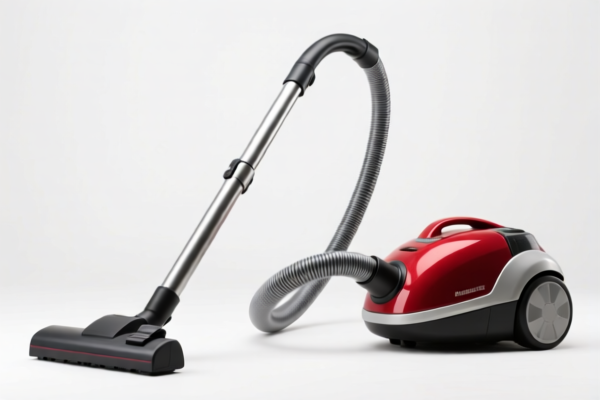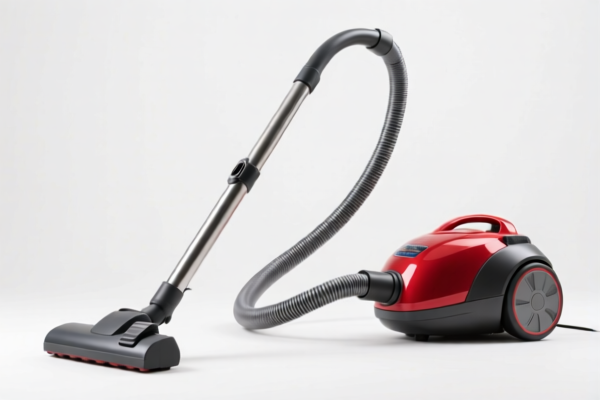| HS Code | Official Doc | Tariff Rate | Origin | Destination | Effective Date |
|---|---|---|---|---|---|
| 8421390115 | Doc | 55.0% | CN | US | 2025-05-12 |
| 8479899595 | Doc | 32.5% | CN | US | 2025-05-12 |
| 8479899565 | Doc | 32.5% | CN | US | 2025-05-12 |
| 6815994170 | Doc | 55.0% | CN | US | 2025-05-12 |
| 6815992000 | Doc | 55.0% | CN | US | 2025-05-12 |
| 2508100000 | Doc | 55.0% | CN | US | 2025-05-12 |
| 2508400150 | Doc | 55.0% | CN | US | 2025-05-12 |
| 6806900090 | Doc | 55.0% | CN | US | 2025-05-12 |
| 6806100090 | Doc | 58.9% | CN | US | 2025-05-12 |
| 6811899000 | Doc | 55.0% | CN | US | 2025-05-12 |
| 6811891000 | Doc | 55.0% | CN | US | 2025-05-12 |
| 3923900080 | Doc | 58.0% | CN | US | 2025-05-12 |



Dust Collectors & Air Cleaners
Dust collectors and air cleaners are systems used to remove particulates from the air. While often used interchangeably, they serve distinct, though overlapping, purposes and employ varying technologies.
Purpose & Function
- Dust Collectors: Primarily designed to capture dust at the source of generation, preventing it from entering the work environment. They focus on industrial processes like sanding, sawing, grinding, and welding, where large volumes of particulate are produced. The goal is worker safety, maintaining air quality, and preventing material loss.
- Air Cleaners: Focus on removing existing airborne particulates from a room or space. They address dust, pollen, allergens, mold spores, and other contaminants already dispersed in the air. Their aim is improving indoor air quality for health and comfort.
Technologies & Common Types
Both dust collectors and air cleaners utilize several core technologies:
1. Filtration:
- Media Filters: Employ disposable or reusable filter media (e.g., pleated filters, bag filters, cartridge filters) to trap particles. Efficiency is rated by Minimum Efficiency Reporting Value (MERV) - higher MERV ratings capture smaller particles. Common in both systems.
- HEPA Filters (High-Efficiency Particulate Air): A specific, high-efficiency media filter standard, removing at least 99.97% of particles 0.3 microns in diameter. Primarily used in air cleaners for health-focused applications.
- ULPA Filters (Ultra-Low Penetration Air): Even higher efficiency than HEPA filters, used in critical cleanroom environments.
2. Inertial Separation:
- Cyclones: Use centrifugal force to separate larger particles from the air stream. Often used as a pre-filter in dust collection systems to remove heavier debris before finer filtration.
- Multi-cyclones: Employ multiple cyclones for increased efficiency.
3. Wet Scrubbing:
- Wet Collectors: Pass air through a liquid (usually water) to capture dust particles. Effective for sticky or combustible dusts, but generate wastewater.
4. Electrostatic Precipitation (ESP):
- Electrostatic Collectors: Use an electrical charge to attract and collect dust particles on charged plates. Highly efficient, but can be more complex and expensive.
Dust Collector Types (Industrial Focus):
- Baghouse Collectors: Utilize fabric bags to filter dust. High efficiency and suitable for various dust types. Require regular bag cleaning or replacement.
- Cartridge Collectors: Use pleated cartridge filters. Compact and efficient, often used for smaller applications.
- Drum Collectors: Utilize a rotating drum to collect dust. Suitable for high dust loads.
- Downdraft Tables: Integrated dust collection systems built into work surfaces, capturing dust directly at the source.
Air Cleaner Types (Indoor Focus):
- Room Air Purifiers: Standalone units with fans and filters, designed for specific room sizes.
- Whole-House Air Cleaners: Integrated into HVAC systems to filter air throughout the entire home.
- Portable Air Cleaners: Smaller units for localized air purification.
- UV Air Purifiers: Utilize ultraviolet light to kill airborne bacteria, viruses, and mold spores (often used in conjunction with filtration).
Usage Scenarios
- Dust Collectors: Woodworking shops, metal fabrication facilities, construction sites, sanding booths, welding operations, pharmaceutical manufacturing.
- Air Cleaners: Homes, offices, hospitals, schools, cleanrooms, allergy sufferers' bedrooms, areas with high pollen counts.
Key Considerations
- Airflow (CFM - Cubic Feet per Minute): Crucial for effective capture and cleaning. Must match the dust generation rate or room size.
- Filter Efficiency (MERV Rating): Determines the size of particles removed.
- Dust Type: Some dusts are hazardous (e.g., silica dust) and require specialized collection systems.
- Explosive Dust: Requires explosion-proof systems and grounding.
- Maintenance: Regular filter replacement and cleaning are essential for optimal performance.
Dust collectors and air cleaners can be categorized based on their function – removing particulate matter from air streams. These are used in industrial settings for pollution control, worker safety, and maintaining air quality.
The following HS codes are relevant based on the provided reference material:
- 8421.39.01.20: This code falls under Chapter 84 – Nuclear reactors, boilers, machinery and mechanical appliances; parts thereof. Specifically, it covers 8421.39 – Filtering or purifying machinery and apparatus for gases. The 01.20 subheading denotes “Other Dust collection and air purification equipment: Industrial gas cleaning equipment: Electrostatic precipitators”. This would apply to dust collectors utilizing electrostatic principles.
- 6806.90.00.90: This code is under Chapter 68 – Articles of stone or of other mineral substances (including carbon fibers, articles of carbon fibers and articles of peat), not elsewhere specified or included. It covers 6806.90 – Other. The 00.90 subheading specifies “Other Other”. This could apply to dust collectors constructed from mineral wool or similar materials.
- 6811.89.90.00: This code falls under Chapter 68 – Articles of stone or of other mineral substances (including carbon fibers, articles of carbon fibers and articles of peat), not elsewhere specified or included. Specifically, it covers 6811.89 – Not containing asbestos. The 90.00 subheading denotes “Other articles: Other articles”. This could apply to dust collectors made from cellulose fiber-cement or similar materials, excluding asbestos.
Regarding HS code 6806.90.00.90, please note that the description is broad ("Other Other") and may require further clarification of the material composition for accurate classification.
Regarding HS code 6811.89.90.00, please note that the material should not contain asbestos.
Customer Reviews
No reviews yet.